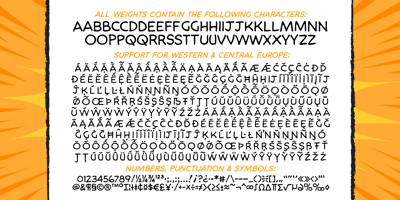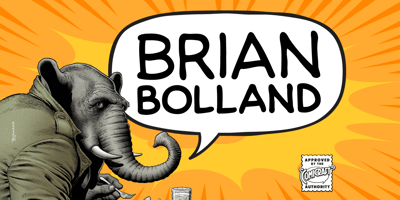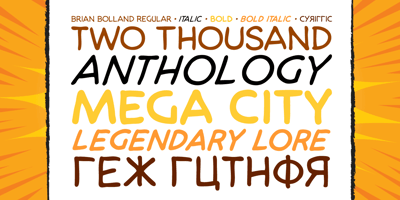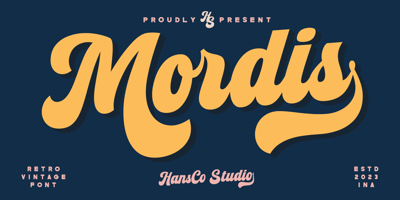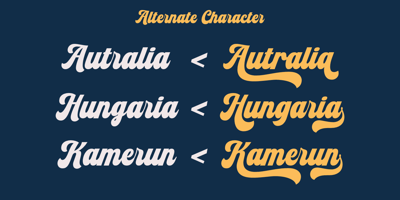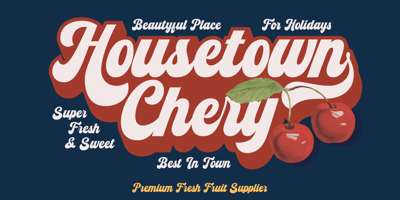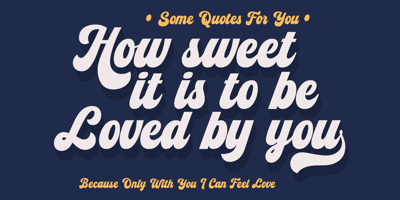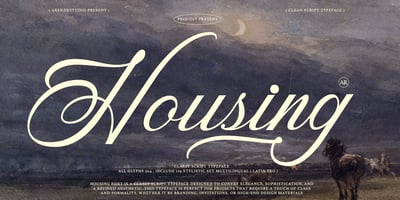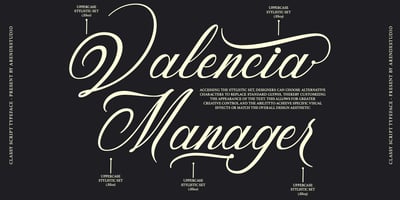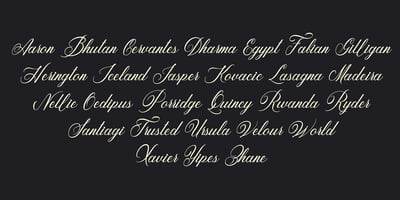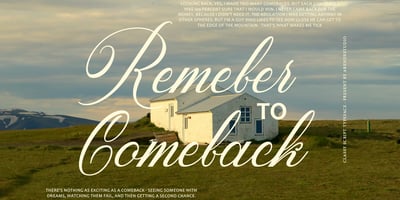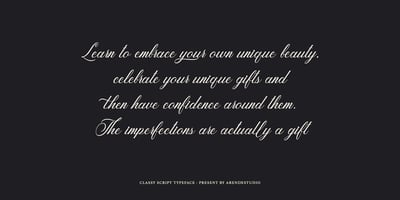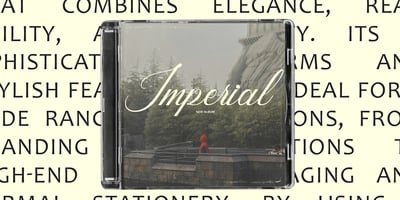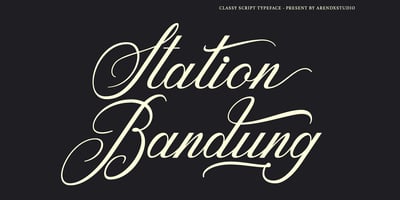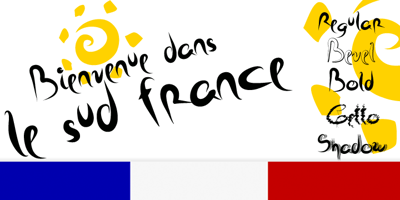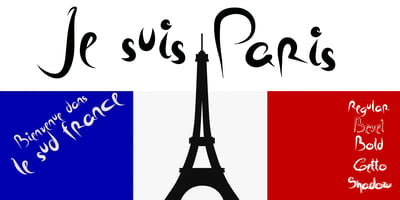Filters
Price
0
523
$
$
Only show free fonts
Visual properties
Weight
A
A
A
Regular
Width
A
A
A
Normal
X-Height
xA
xA
XA
Medium
Contrast
Low
Slant
I
I
I
Small
Advanced typography
- Alternates
- Fractions
- Kerning
- Ligatures
- Numerical Alternates
- Shaping
- Small Capitals
- Spacing
Foundries
Languages
Script Fonts
Script fonts are designed to capture the flourish and artistry of traditional hand lettering and calligraphy, usually as if written with a pen, brush, or marker. Script fonts are usually decorative in nature and most should be used like one would use a display font, which is to make a statement rather than set text. They are popular with stationery, logotypes, branding, and poster design, and script fonts can be paired with a range of other font styles to create different moods. Popular script fonts include Liesel, Amarone, and Bayamo
Related
48px
Images
Family packages available
ByButtfacesRegularFrom $21.00 USD
Frequently asked questions
How do I identify a script font?
As the name implies, script fonts will appear as if drawn by hand with a brush, marker, or pen. They exist within the same genre as handwritten fonts, but handwritten fonts will look like someone’s penmanship from a letter, whereas script fonts look deliberately decorative or calligraphic. Ultimately the distinction is less important than choosing a font that best fits your project, but being able to identify a script font can be valuable, especially if a script font is truly the better option for you than a handwritten font.
When should I use a script font?
This question really comes down to the specific needs and visual identity of a given project, but you can use a script font anywhere you would use a display font. So, focus on logos, headlines or headings, larger format advertisements, and so on. Script fonts can be an important part of a brand’s type system and used to bring emphasis and variety to a website or printed piece, such as a catalog. Script fonts should not be used to set text beyond a few sentences, and designers should be careful about using them at small sizes where the detail and legibility of the font could be compromised.
What font goes well with a script font?
There are no real rules about what you can pair with a script font, but there are some high-level considerations to remember. You will likely want the script font to stand out, perhaps as a headline or logo, so you’ll probably want to pair it with something understated. You will also need something relatively legible. Script fonts are decorative in nature, so whatever font you pair with it will likely be used for setting longer text or UX copy. You’ll most likely find a match with a serif font or sans serif font, perhaps a geometric sans or a humanist sans. Ultimately, though, the decision really comes down to your designer’s eye settling on the combination that balances aesthetic with functionality.


















